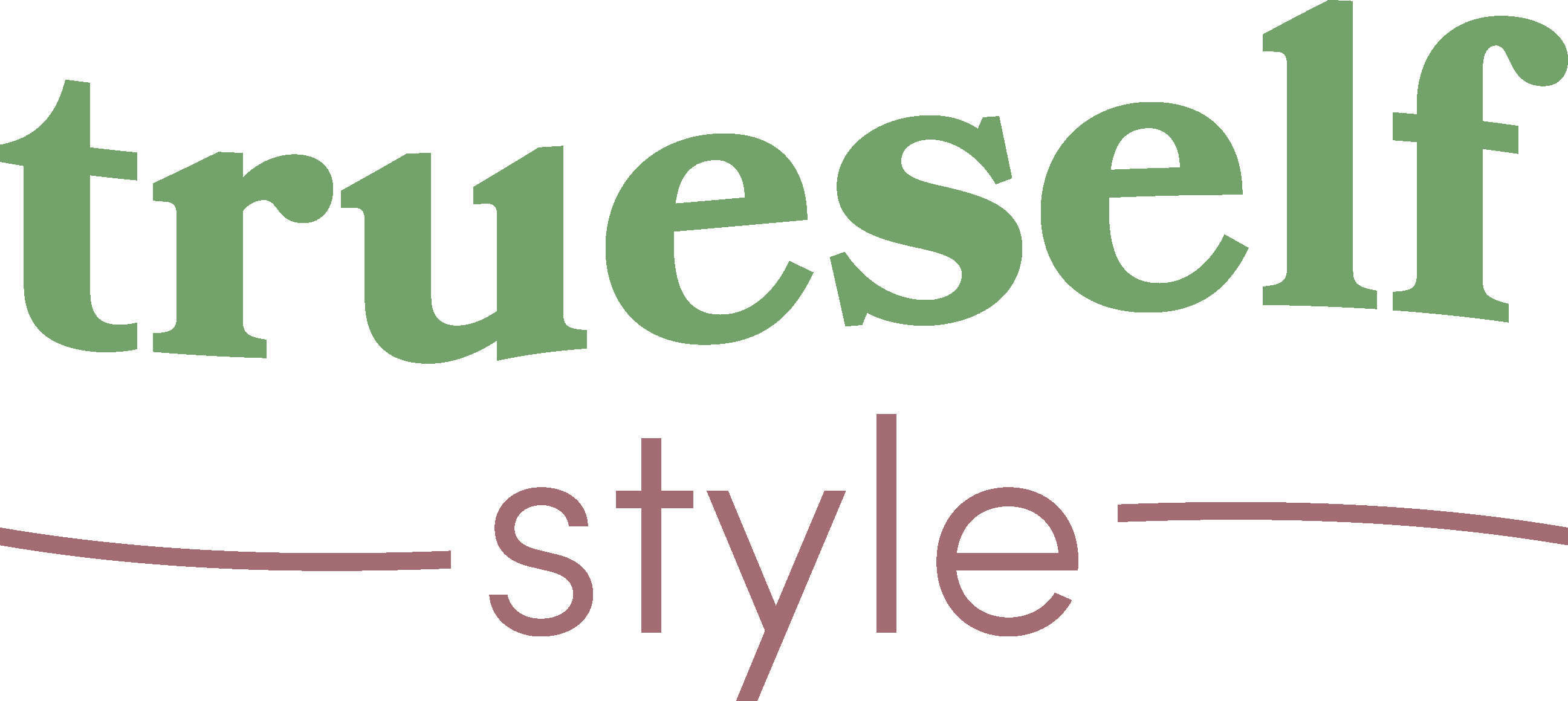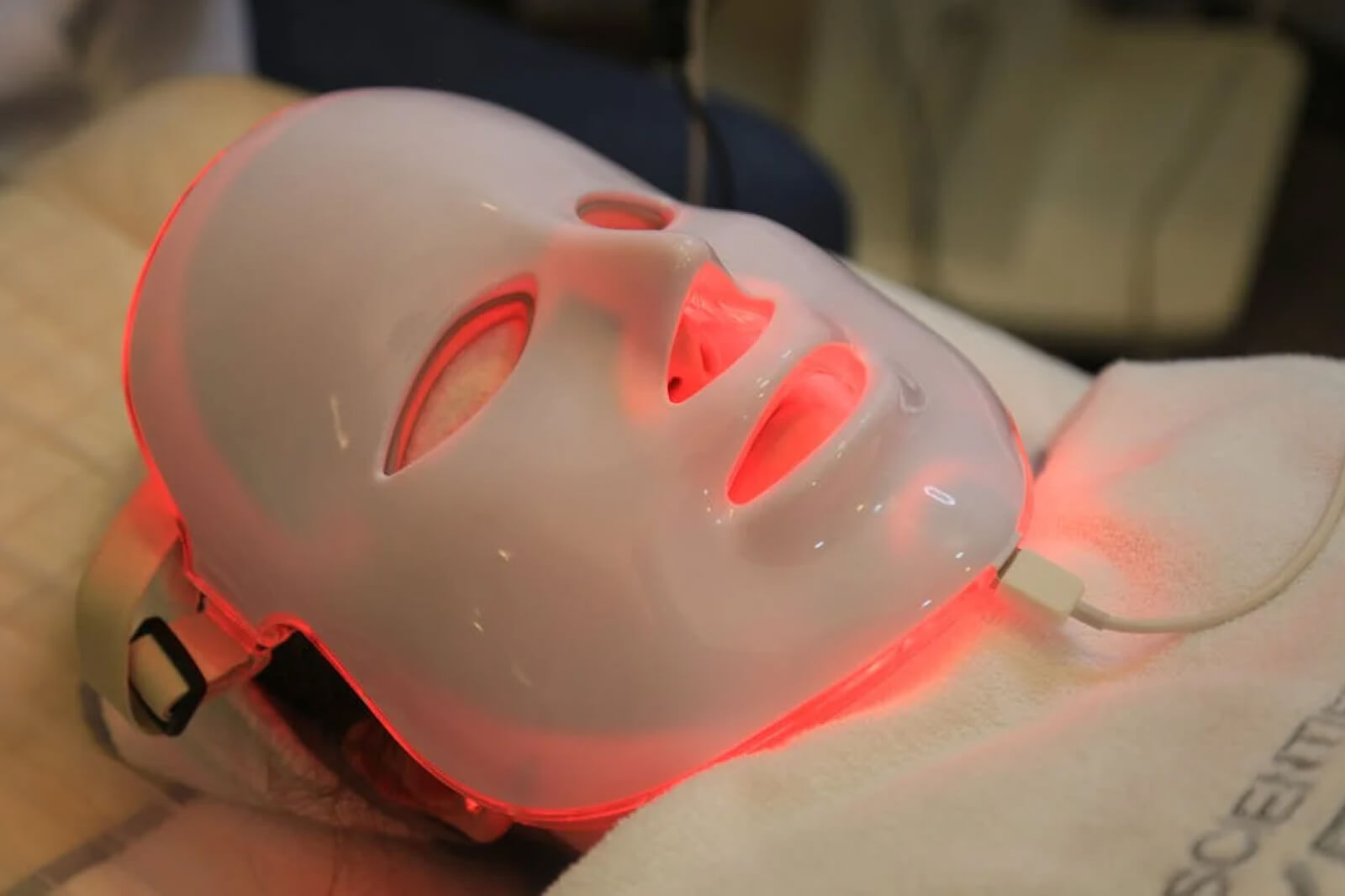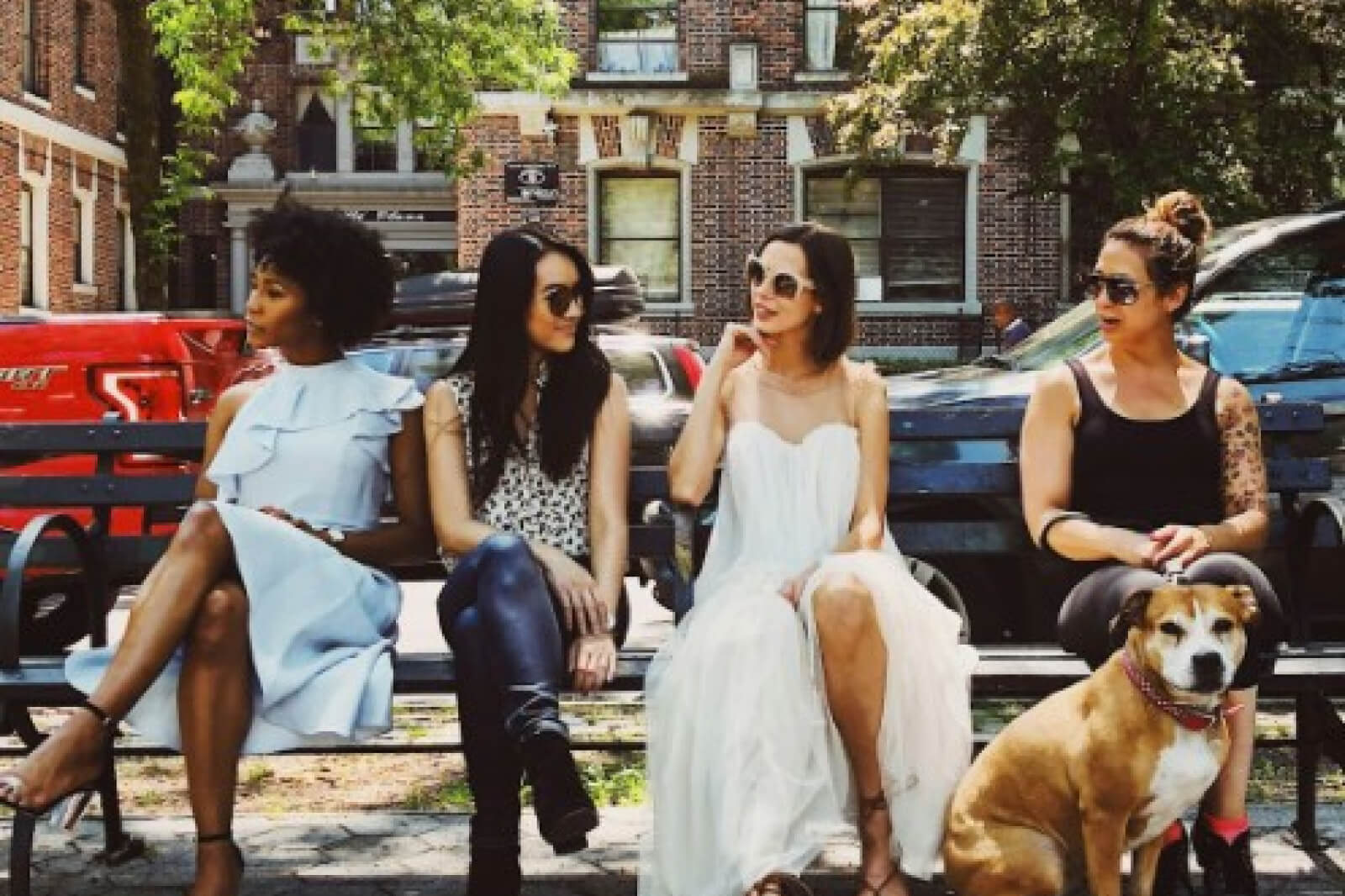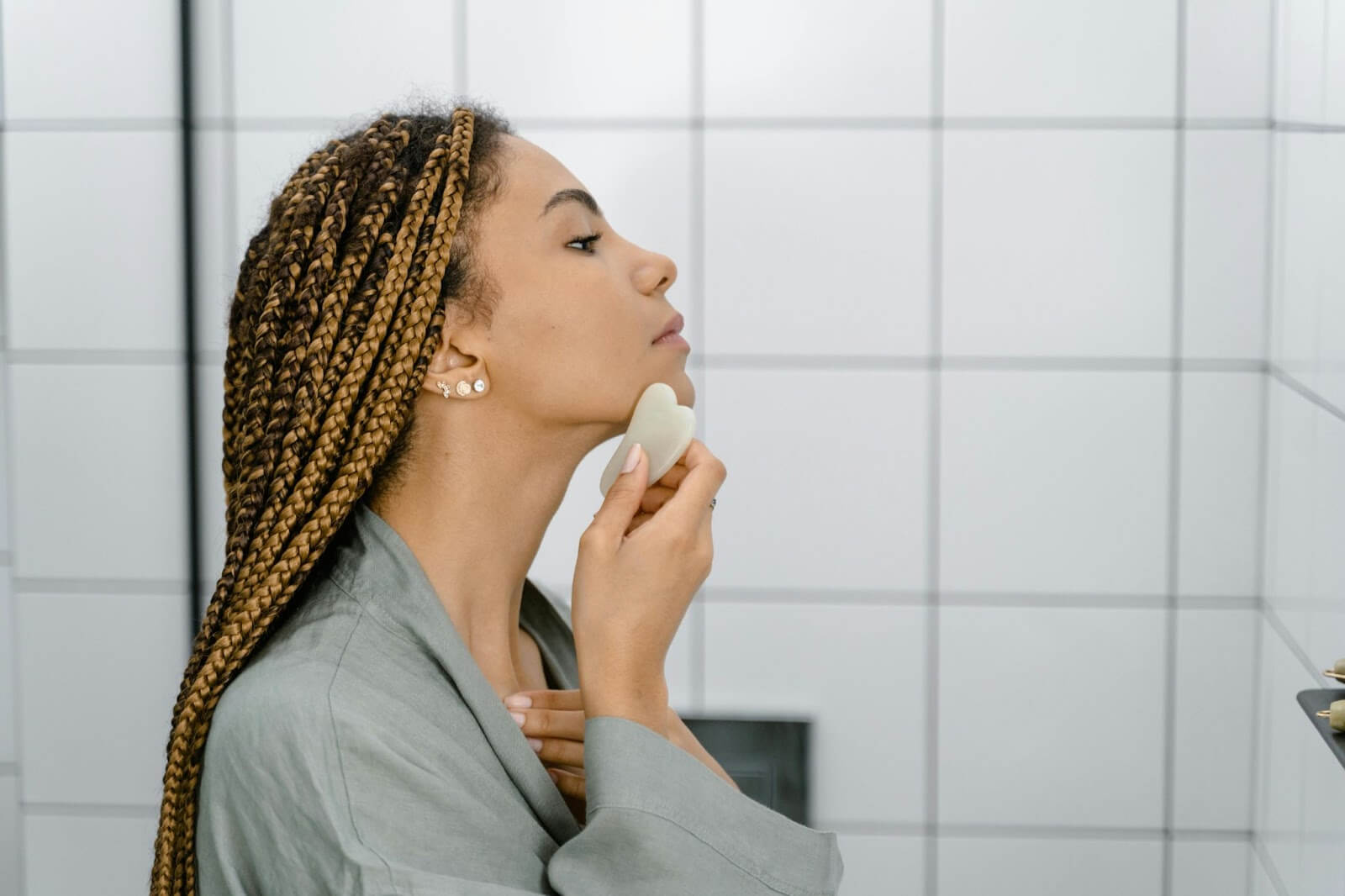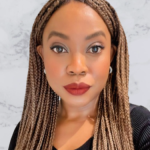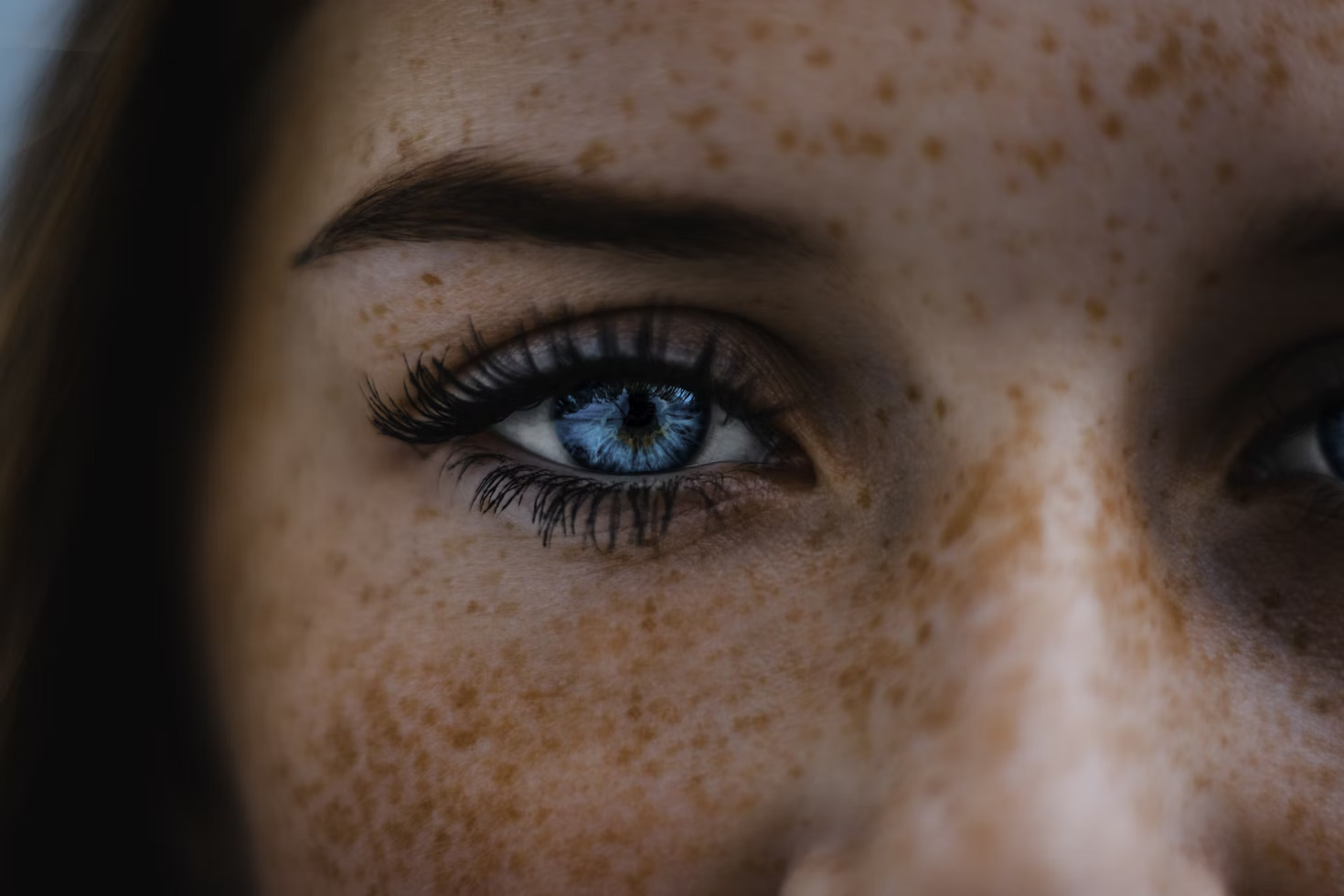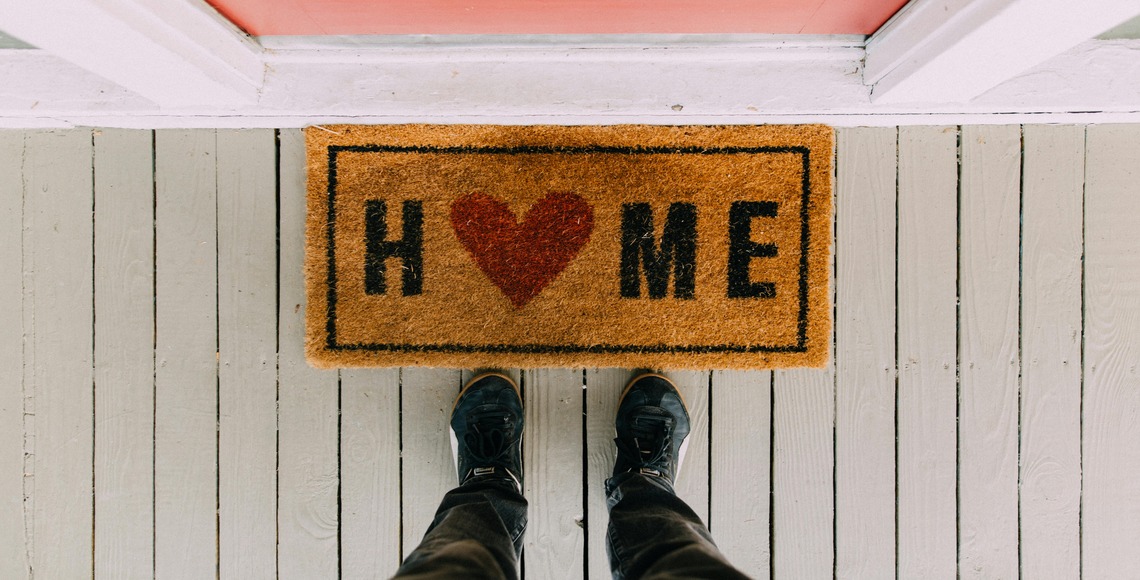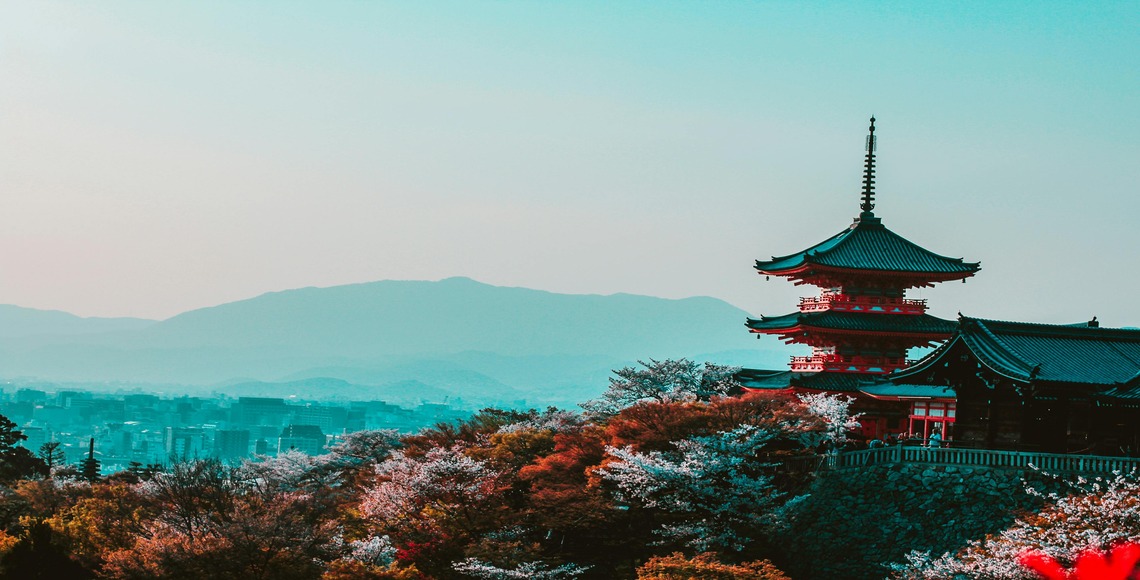Balayage, the effect that lends amazing nuance and depth to hair, isn’t the only hair trend sweeping the nation. By combining the up-and-down color application of ombré with the side-to-side streaks of balayage, stylists have innovated a brand-new color application — flamboyage, which, just as its name would indicate, is a very flamboyant new style. Curious about the differences between flamboyage and balayage? Read on and decide which is right for you.
All About Balayage
Balayage, a French term that means “sweeping” or “brushing,” involves brushing light and dark and shades over the hair to create a layered effect. While balayage implies the utilization of a full spectrum of tones, there’s nothing random about the application of said tones. The goal of balayage is to use lighter tones to frame the face and draw more attention to your features, and lighter tones are also used around the ends. Darker tones come into play beneath the ends to accentuate the details in the lighter hair.
Balayage treatments aren’t hard on your hair — in fact, they’re better for your hair than traditional, foil-based color treatments. However, the quality of your balayage session is quite literally in the hands of your stylist.
Enter Flamboyage
After debuting in the 1970s and gaining popularity in the 1990s, balayage achieved its zenith of popularity in the 2010s. As ombré and balayage took hair salons by storm, it was only natural that stylists and influencers would develop exciting new variations on these themes. One of these variations appeared in the summer of 2018 and has gained steam ever since.
That variation is flamboyage, a term whose French derivation is suspect but whose style is hard to deny. Flamboyage uses individual adhesive strips to assist the colorist in dividing hair for painting, as one would in balayage, and uses the layered tactics of ombré to create a fade from one color to another. The adhesive strips give stylists more control over the process than they would during typical ombré treatments. The result is something of a cross between ombré and balayage, with the layered, swept effect of balayage merging with the graceful top-to-bottom gradient of ombré treatments.
Which Should I Go With?
There’s a lot to love about both flamboyage and balayage. The differences between them are subtle. Deciding which is right for you comes down to your feelings about ombré. Though the style not as popular as it was several years ago, do you still yearn to bring some new vertical dimensions to your hair? If so, you can incorporate more modern styles by embracing flamboyage. Ready to make a clean break from ombré in 2021? A classic balayage treatment is the best way to go.
